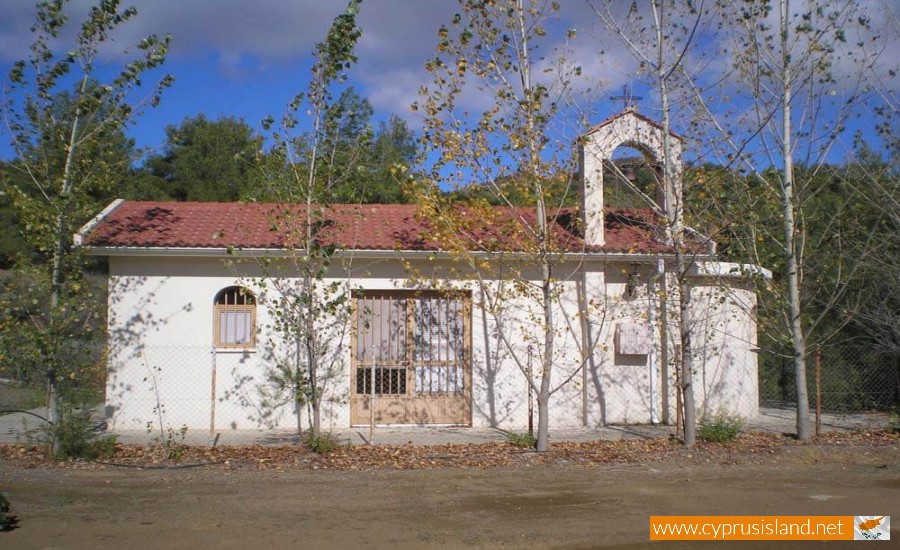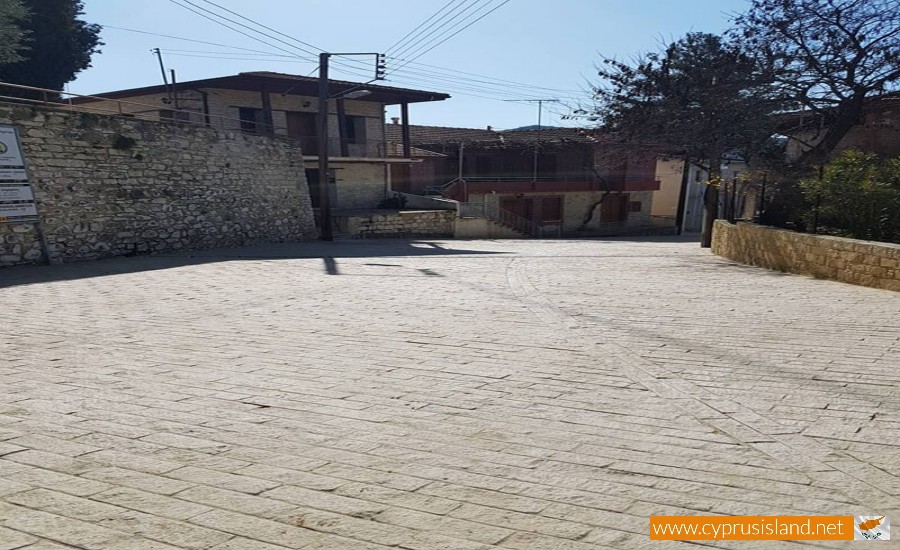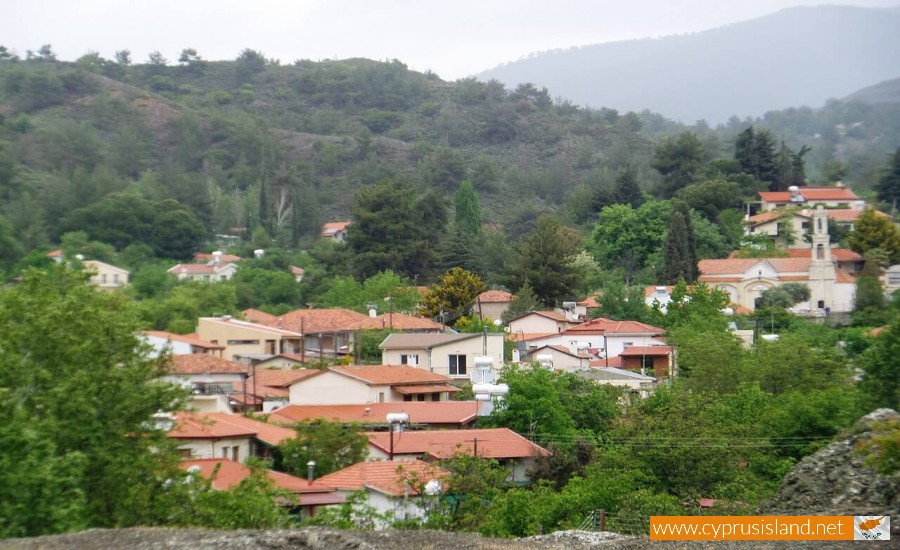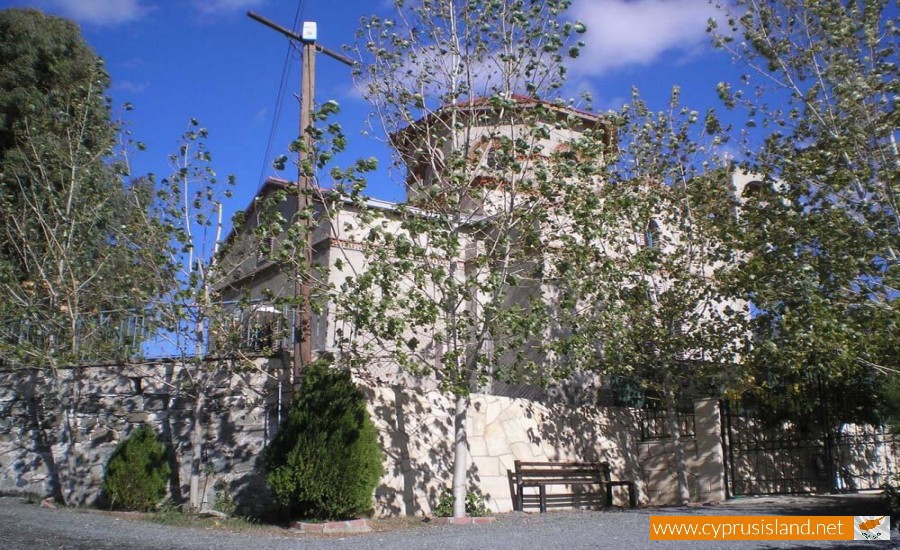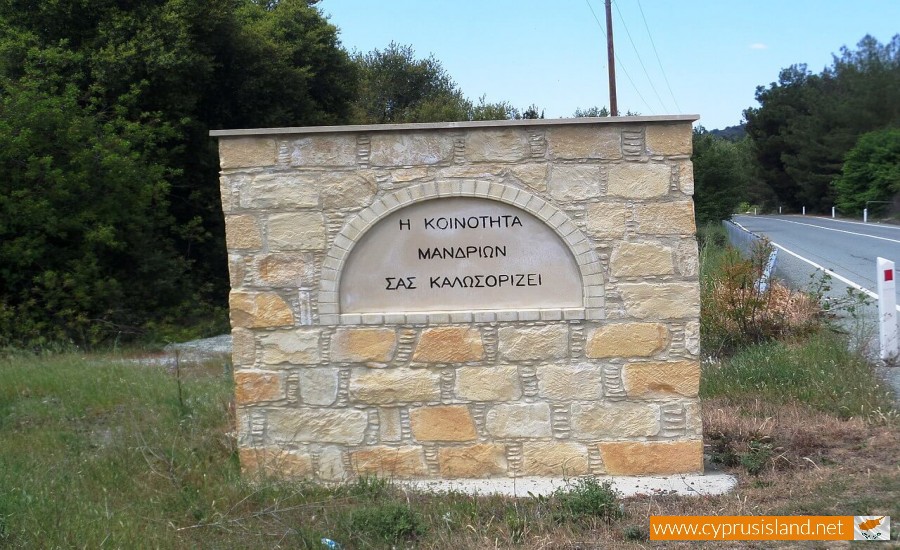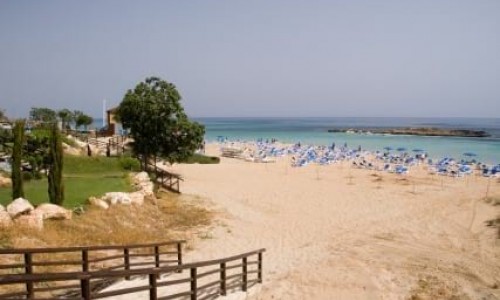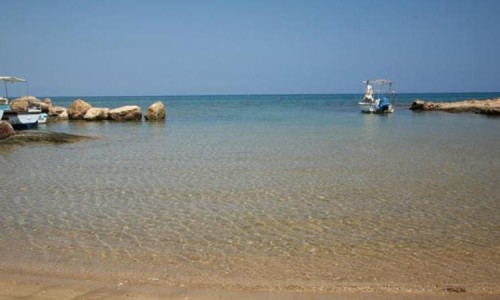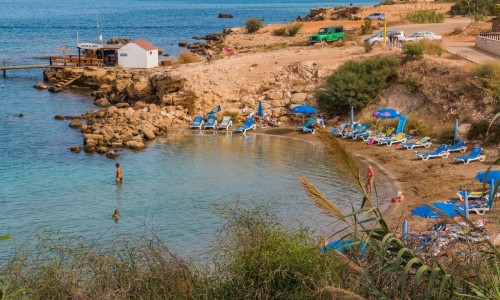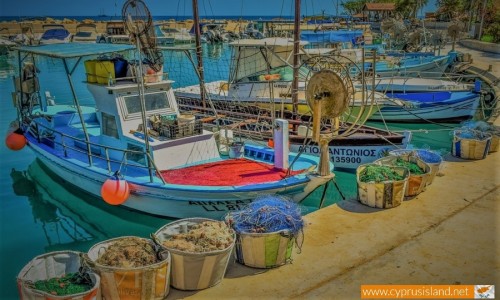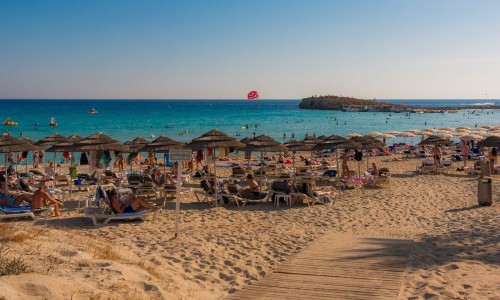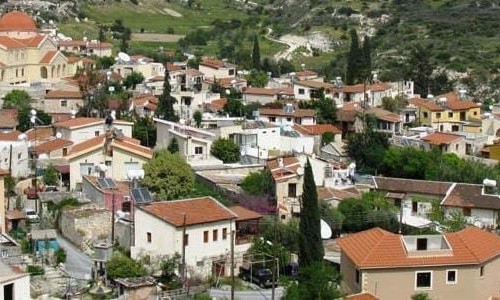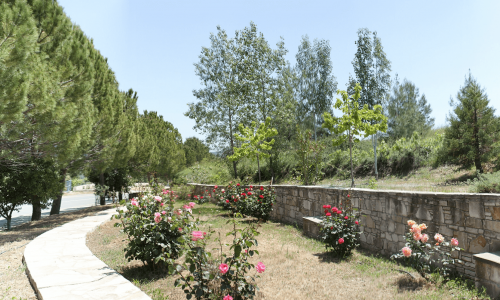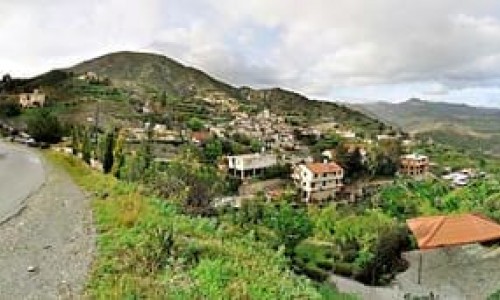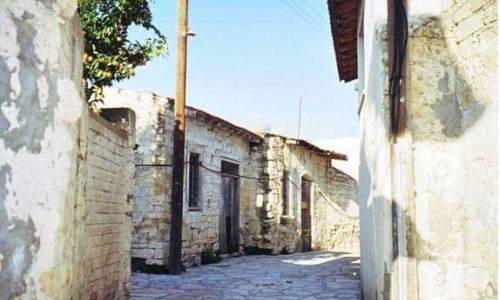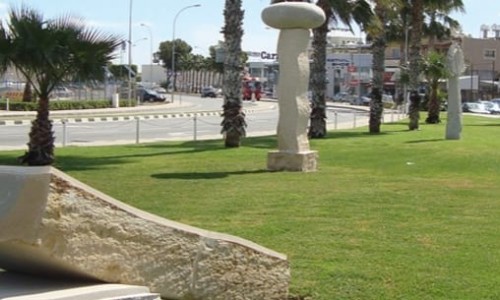Mandria Village , Limassol
The village of Mandria is located about 35 kilometres northwest of the town of Limassol, and neighbours with Platres to the northwest, with Pera Pedi to the southeast, with Omodos to the southwest and with Agios Nikolaos to the west. The village is built in a mountainous area at an average altitude of 830 metres. The village landscape is characterised by narrow deep valleys and tall mountain peaks which reach up to 1000 metres. The area is divided by the smaller rivers of the Ha-Potami River, which flow in the area.
Mandria is a quaint village that offers visitors a glimpse into the traditional Cypriot way of life. The village is surrounded by lush greenery, rolling hills, and vineyards, making it a beautiful place to visit for nature lovers. The history of Mandria dates back to ancient times when it was known as Mandra. The village was an important center for agriculture and animal husbandry, and it was renowned for its production of olives, grapes, and citrus fruits.
One of the main attractions of Mandria is the beautiful church of St. George. The church was built in the 19th century and is a stunning example of traditional Cypriot architecture. It is a popular destination for tourists and locals alike, and it is known for its beautiful frescoes and intricate carvings.
The village of Mandria is also home to several traditional tavernas and restaurants. Visitors can sample some of the delicious local cuisine, including grilled meat dishes, fresh seafood, and homemade meze. The village is also famous for its wines, and visitors can enjoy wine tasting tours at several local wineries. Mandria is an excellent destination for those who enjoy hiking and exploring the great outdoors. There are several hiking trails that lead through the beautiful countryside, offering stunning views of the surrounding landscape. . Overall, Mandria is a quaint village with a rich history and a welcoming community. Its natural beauty, delicious cuisine, and warm hospitality make it an excellent destination for anyone visiting Limassol, Cyprus.
Mandria village has a rich and varied history, dating back thousands of years. Archaeological evidence suggests that the area was first inhabited in the Neolithic period, around 8000 BC. Excavations have revealed the remains of ancient settlements, including tools, pottery, and other artifacts. During the Bronze Age, from around 2500 BC to 1050 BC, the area was an important center for copper mining and metallurgy. Copper was one of the most valuable commodities of the time, and it brought wealth and prosperity to the region. In the 4th century BC, the area came under the control of the Greeks, and it remained a part of the Greek world until the arrival of the Romans in the 1st century BC. The Romans established a number of settlements in the area, including a villa that was discovered in Mandria village in the 1970s.
During the Byzantine period, from the 4th century AD to the 12th century AD, the area was an important center for agriculture and animal husbandry. Mandria village, then known as Mandra, was renowned for its production of olives, grapes, and citrus fruits. In the medieval period, from the 12th century AD to the 16th century AD, the area came under the control of the Lusignan dynasty, a French royal family that ruled Cyprus from 1192 to 1489. The Lusignans established a number of churches and monasteries in the area, many of which still stand today. In the 16th century, the area came under Ottoman rule, and it remained a part of the Ottoman Empire until the late 19th century.
During this time, the area experienced significant changes, including the construction of new buildings, roads, and infrastructure. In the 20th century, the village of Mandria underwent significant development, as new buildings and amenities were constructed to meet the needs of the growing population. Today, Mandria is a thriving community that celebrates its rich history and traditions, while embracing modernity and progress.
Mandria Village , Limassol photos:
Mandria Village , Limassol location map:


